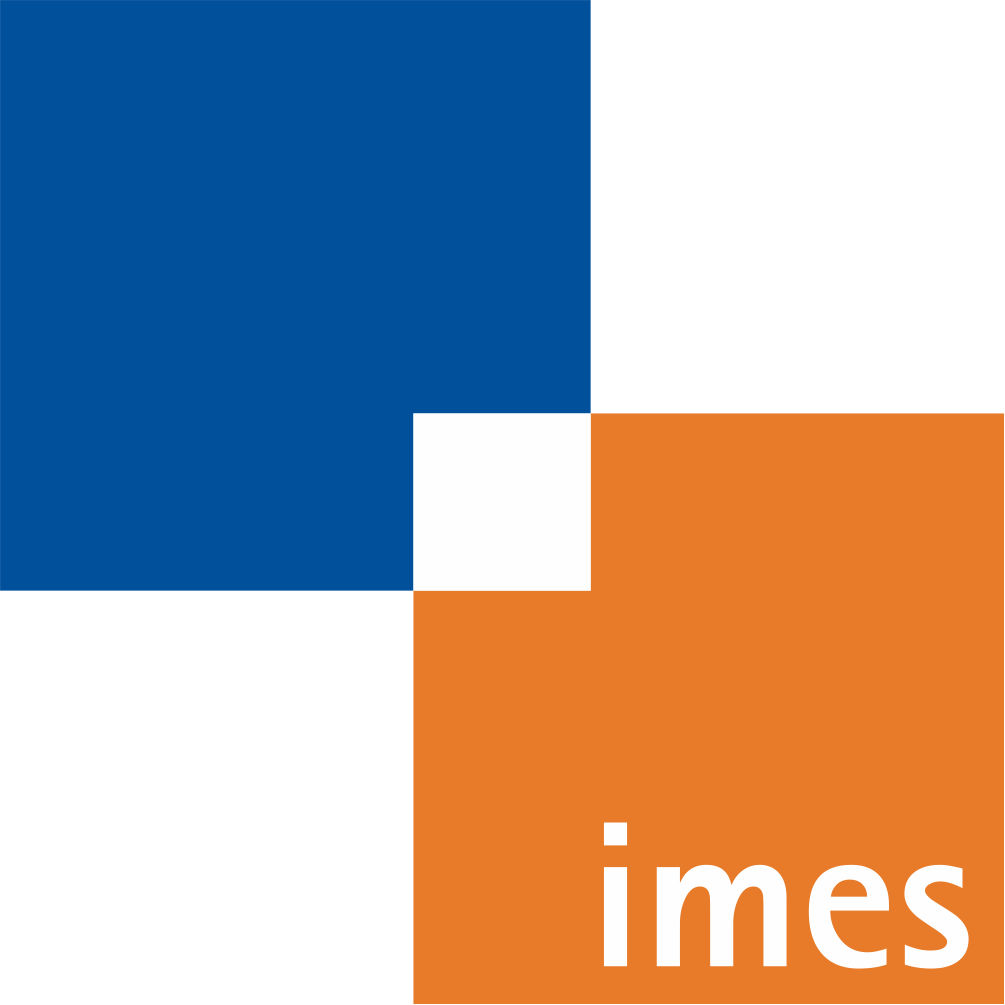Temporal bone borehole accuracy for cochlear implantation influenced by drilling strategy
an in vitro study
- verfasst von
- Jan Philipp Kobler, Michael Schoppe, G. Jakob Lexow, Thomas S. Rau, Omid Majdani, Lüder A. Kahrs, Tobias Ortmaier
- Abstract
Methods: The experimental setup to evaluate the borehole accuracy comprises a drill handpiece attached to a linear slide as well as a highly accurate coordinate measuring machine (CMM). Based on the specific requirements of the minimally invasive cochlear access, three drilling strategies, mainly characterized by different drill tools, are derived. The strategies are evaluated by drilling into synthetic temporal bone substitutes containing air-filled cavities to simulate mastoid cells. Deviations from the desired drill trajectories are determined based on measurements using the CMM.
Purpose: Minimally invasive cochlear implantation is a surgical technique which requires drilling a canal from the mastoid surface toward the basal turn of the cochlea. The choice of an appropriate drilling strategy is hypothesized to have significant influence on the achievable targeting accuracy. Therefore, a method is presented to analyze the contribution of the drilling process and drilling tool to the targeting error isolated from other error sources.
Conclusions: A single-flute gun drill combined with a pilot drill of the same diameter provided the best results for simulated minimally invasive cochlear implantation, based on an experimental method that may be used for testing further drilling process improvements.
Results: Using the experimental setup, a total of 144 holes were drilled for accuracy evaluation. Errors resulting from the drilling process depend on the specific geometry of the tool as well as the angle at which the drill contacts the bone surface. Furthermore, there is a risk of the drill bit deflecting due to synthetic mastoid cells.
- Organisationseinheit(en)
-
Institut für Mechatronische Systeme
- Externe Organisation(en)
-
Medizinische Hochschule Hannover (MHH)
BPW Bergische Achsen KG
- Typ
- Artikel
- Journal
- International journal of computer assisted radiology and surgery
- Band
- 9
- Seiten
- 1033-1043
- Anzahl der Seiten
- 11
- ISSN
- 1861-6410
- Publikationsdatum
- 11.2014
- Publikationsstatus
- Veröffentlicht
- Peer-reviewed
- Ja
- ASJC Scopus Sachgebiete
- Chirurgie, Biomedizintechnik, Radiologie, Nuklearmedizin und Bildgebung, Maschinelles Sehen und Mustererkennung, Gesundheitsinformatik, Angewandte Informatik, Computergrafik und computergestütztes Design
- Elektronische Version(en)
-
https://doi.org/10.1007/s11548-014-0997-9 (Zugang:
Geschlossen)
